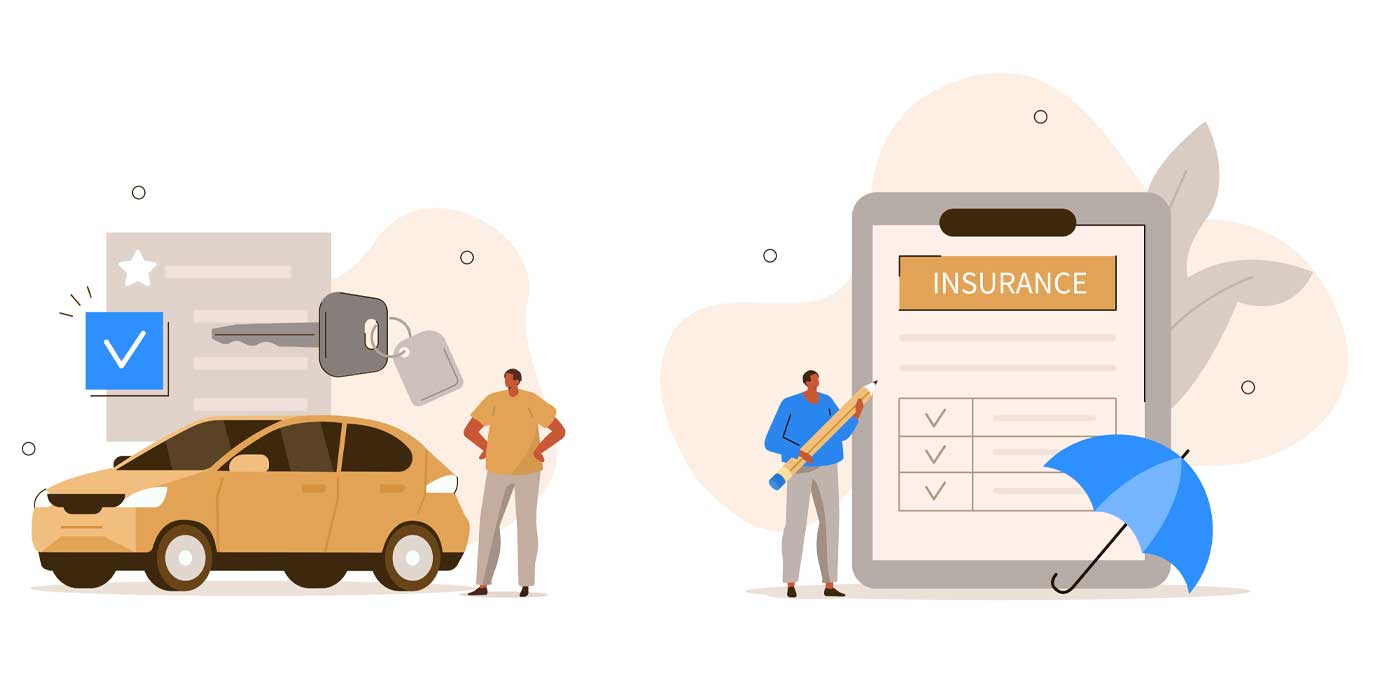Those who study my ideas about how to transform reconditioning know I promote speeding up time to market (TTM), reducing holding costs and centralizing recon operations.
I’ll review those fundamentals shortly. First, though, an argument for the essential fabric. This is the one asset — perhaps more than any other — that can upgrade recon into an exceptional money-maker for the dealership, car after car, month after month, year after year. This fabric is best understood as a culture that permeates or saturates “how we do things here” and is practiced by all key players.
This fabric — the internalizing of a TTM reconditioning belief system — is what keeps recon humming along at higher volume driven by the clock, specific task disciplines and personnel accountability. This goal might be accomplished successfully and consistently without the assist of automation, but the use of reconditioning TTM workflow software makes it practical, measurable and achievable.
Read our entire issue – Click here
It is this sort of interwoven culture that recognizes reconditioning’s pivotal part in the dealership’s entire well-being. A recon department like this thrives when allowed to operate as a self-contained support business, yet benefiting from multi-function input. This means that what reconditioning needs to increase volume and throughput speed depends on cooperation (and often change) from many functions within the dealership. They include the used car department (including appraisers and buyers), service and parts, and reconditioning itself and its sublets.
Not a Plugin Transforming reconditioning is more than a software plugin, though software brings change and positive results more quickly and consistently. That said, we know reconditioning is a people business — people manage it and people touch every vehicle at multiple points from acquisition to the used car lot. Each person whose function touches reconditioning in some way is a thread for managers to weave into a cohesive time-to-market culture.
It may be that, if transformation is to be achieved, you’ll need to pull out a few threads and replace them.
Everyone — from the photographer who images inventory on its way to online merchandising to the used car manager — will be asked to adjust to new ideas. As one dealer who practices this culture told me, “When we quit in-fighting and jockeying for position and started agreeing on what’s the most important thing for the business — which is to get cars to retail faster and cheaper — everyone got in line.”
Critical Threads We’re after teamwork here, but that’s not quite the right description for our goal. If you watch those hospital ER reality TV shows, then perhaps the choreography required of the many players in the emergency room is a more descriptive and accurate analogy. With the right threads in place, workflow software will help keep the entire transformative reconditioning fabric intact and flowing. The critical threads are:
- Appraiser — Foremost, are appraisals market-accurate? Paying too much for a vehicle loads cost into recon that may be hard to recover at retail. Second, be sure appraisers build recon costs into their appraisals. Obtain the right approximate repair costs from historical cost buckets, based on mileage, from your DMS. Cost for new tires, body shop work and glass repair should flow into the appraisal, as well.
- Used car manager/buyer — Establish repair pre-approval to reduce delays (easily done with bucket system just described). Buy what’s most in demand for the dealership’s customer base — and acquire vehicles based on fiscal logic, not emotions. Buy the right units in the right condition for the market so they require less recon time and cost and get them faster to retail so they start attracting buyers.
- Intake manager — This job requires sound, quick judgment to analyze incoming vehicles, assess their recon needs and choose whether to recon or wholesale. For this role, consider individuals having service or body shop estimating experience.
- Service manager — Centralizing recon will likely mean pulling internal work from the retail shop. This will create two advantages: One, it eliminates frustrating discourse about service bay time, so recon gets the time needed to do repairs and detail right; and, two, retail advisors and technicians grow smarter about performing thorough inspections and upsells, reduce discounting and take more personal responsibility for filling their shifts’ hours.
- Recon manager — This individual steers the wheel and directs the show. Set up recon as its own profit center with its own pay plan and manage it accordingly. Have this individual, along with retail service, the used car manager and GM, co-govern. As TTM is the driving factor in centralized recon, recon parts should opt for more expensive parts if getting them now will keep recon’s assembly line flowing uninterrupted.
- Advisors/technicians/detailers — Charge recon with staffing its own advisors, technicians and detailers and operating its own parts department. Except for parts, compensate these threads on output driven by clock time as managed by reconditioning workflow software.
- Photo/online shop — Image and upload incoming inventory upon arrival to merchandise it immediately. For final imaging, roll vehicles directly from detail to your photo booth or photo location.
The Fundamentals Transformative recon cultures allow for:
- Faster time to market — Without reconditioning workflow software in place to automate, track, schedule and report on every step of each recon process, achieving consistently fast frontline readiness is difficult. Lacking disciplined controls not driven by clock time, staff estimates of time to market are just guesses. Recon believes it’s getting cars to retail fast, but in reality they are not — often taking five to 10 days longer than does a highly efficient shop that monitors and measures each step of its recon process.
- Managed holding costs — Unless the used car, fixed ops and recon center managers understand and leverage holding costs, reconditioning is silently gobbling up the gross margin on every car retailed. Holding cost is reduced when recon turn is held to three to five days.
- Centralized recon — Recon operations should be centralized for dealerships having at least two rooftops within a 40-mile radius. Centralization focuses on satisfying the dealership’s primary customer base— the production of reconditioned used cars to maximize used car profitability. Centralization takes advantage of economies of scale, continuous process improvement and TTM automation to get cars frontline faster and more profitably for the dealership.
Threads and fabric — modern reconditioning methods that, when woven into a transformed reconditioning department, radically improves overall operational efficiency and financial tapestry of the entire dealership. Contact me to discuss your opportunity.
Read our entire issue – Click here













